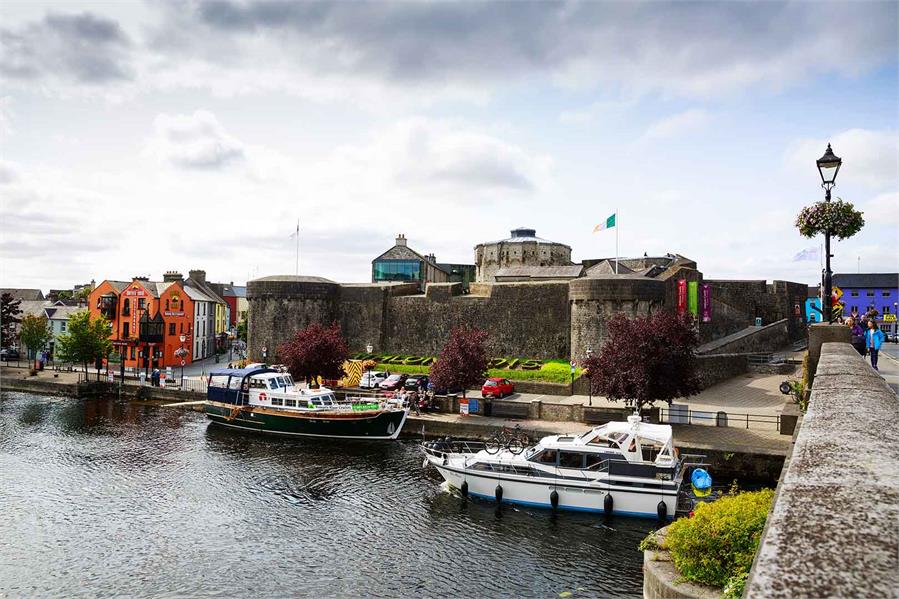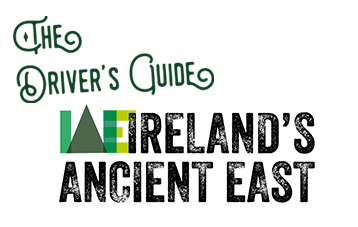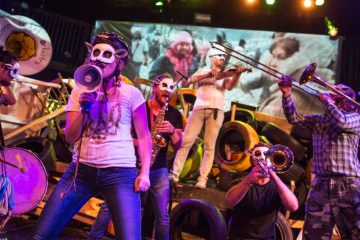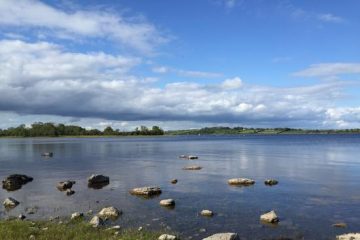JN 12 (R446) TOWARDS ATHLONE
Surely there must have been a bridge here since ancient times – here where an Ice Age ridge (an esker) fords the mighty Shannon, halfway between Dublin and Galway? When the mythical Brown Bull of Ulster overcame and defeated Connacht’s White Bull, his remains were scattered across the land. Ath Luain – Athlone, right in the heart of Ireland – is where the loins were left. Áth meaning ford and Luain, loins.
The King of Connacht constructed the first recorded Bridge of Athlone in 1120, for forays into Meath. Within a few decades the Normans replaced the wooden bridge with a stone one. Plus a many-sided stone castle to watch over it, on the river’s western bank. So the castle faced its enemies from the east. Over the many centuries, its enemies came, and never so devastating as in 1691. A year prior, besieged by 10,000 troops loyal to William III, the town managed to survive. Now these Protestant forces returned, their numbers swelled to more than double. Athlone’s great nine-arch Elizabethan bridge was unbreached. But they found and crossed the ford, devastated the town and forced the castle to surrender.

One account says they fired 12,000 cannon balls; another that they killed 12,000 Catholic Jacobites. Such symmetry suggests the truth is blurred. But whatever the figures, victory was theirs … and it was bloody. Standing on these battlements today the scene is tranquil – colourful left-bank buildings jostling up against the castle’s walls, the wide tree-lined sweep of the Shannon, the silver waters of the weir, tourist boats departing for Clonmacnoise and Lough Ree, and modern Athlone on the opposite bank, busy with commerce. Inside the castle, 21st-century displays cut through the mists of time, revealing Ireland’s tumultuous past through the stories of this ancient ford.




